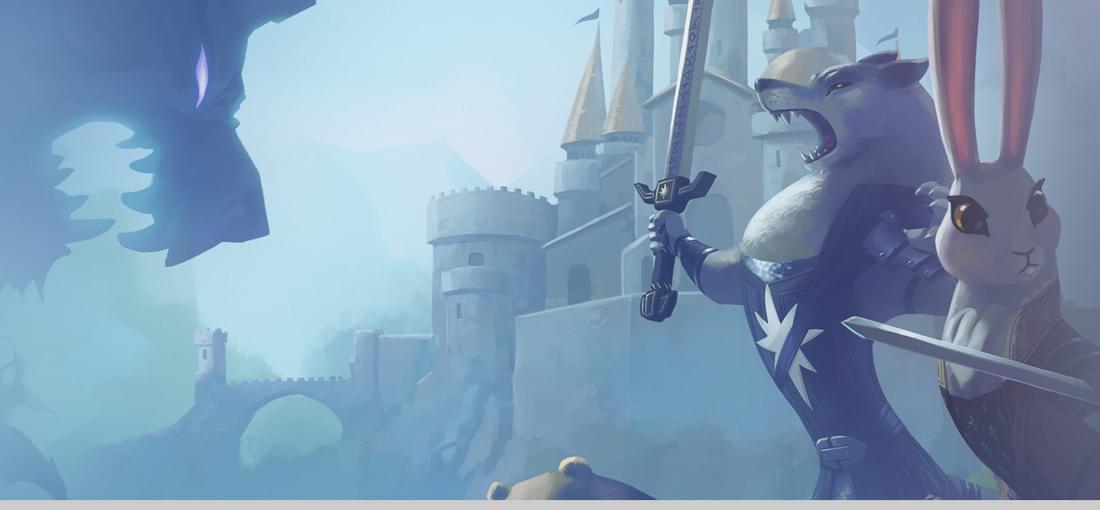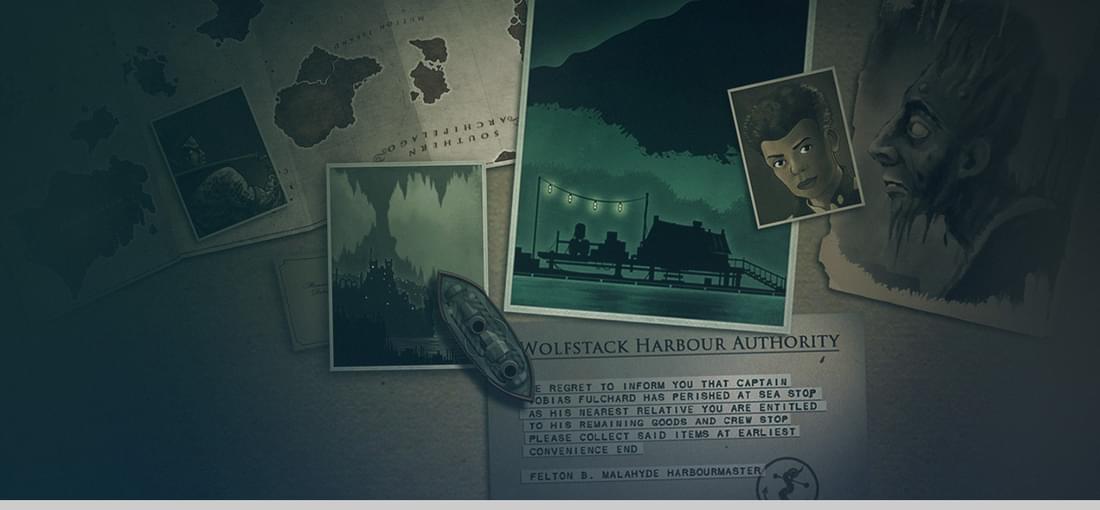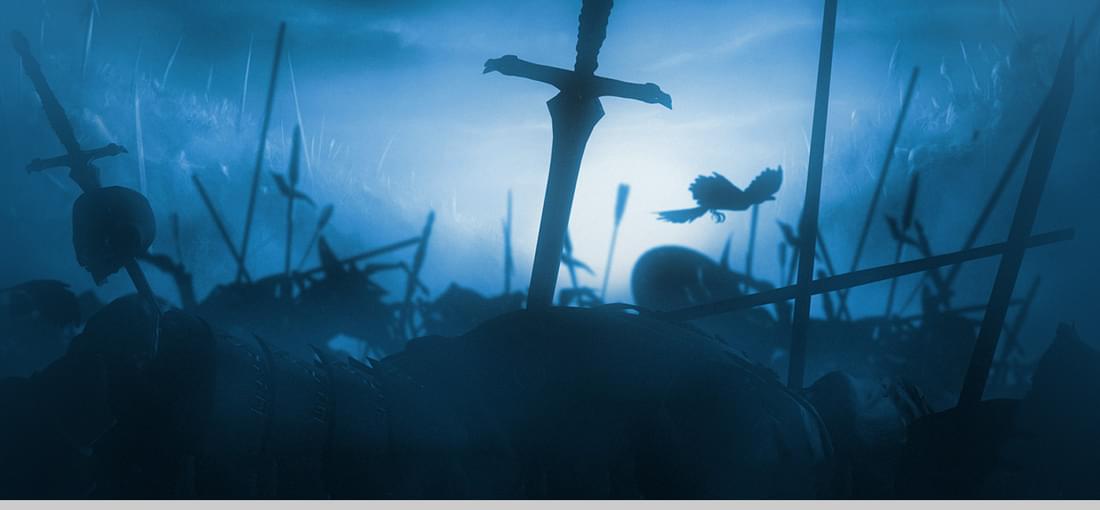



Armello is designed to simulate a board game in the use of a board, tokens, cards, movement, and turn-taking. It presents a fantasy animal kingdom in which the sovereign is dying of a corruption that has driven him mad. Players compete to overthrow (or possibly heal) the king and save (or usurp) the kingdom. The artwork is wonderful and the interface quite good. Children will likely be attracted to the animal heroes and art style, and this may be a good game for them to watch and learn with - it is both visually and thematically kid-friendly, in my opinion. There is mild animated violence and 'magic' usable for good or ill. There is a devious, anthropomorphic rat with beady eyes and a twitchy nose; there is a prim lady rabbit with a dangerous parasol. I mean, how can you go wrong? The strategy elements are very good. It is entertaining and fun to watch. The game is lacking on specific and clear descriptions of many of its mechanics. For example, a player earns 'prestige' (a type of victory points) for defeating another player's hero (not permanently - death merely sends the character home). So, does that mean when you directly 'kill' the hero, or could it include their stepping on a trap you laid some time ago? When you stumble upon a concealed hero, does he become visible just to you, or to everyone? These are the sorts of questions you will encounter, as the game has no detailed manual. That said, it appears to be well balanced and surprisingly free of programming glitches of any kind, at least in single-player mode. I estimate an average session will last between 30 and 120 minutes, mostly depending on the experience of the players involved. The gameplay also manages to symbolically represent personality elements for the heroes or their methods such as valor, treachery, corruption, greed, prudence, recklessness, aggression, and stealth. All of these approaches can be successful and add a nice touch of roleplaying to the game. Very enjoyable indeed, five stars.

I tried a mission and put it away. Then I did another mission and put it away again, grumbling about its shortcomings. But...then I did another mission. Now I'm getting hooked. Underneath the aging and drab hood is a pretty good strategy game. The artwork is monotonous. Images are slightly unclear and colors tend to blend with each other, so you wonder if that is a scout ship next to an asteroid, or maybe it's an enemy dreadnought? It isn't horrible, but even in it's day the artwork would have been less than stellar. The story and voice acting are better than some I've seen, but that isn't saying much. It's just okay. I set the background graphics to medium, and that helped. It defaulted to 640x480 resolution, which is not a pretty sight. Raise it. The maps are battlefields with one or more planets plus fields of nebulae and asteroids. These are connected by wormholes to other star systems (battlefields). This creates a strategic map similar to those used in Space Empires IV, if you remember that old game. You will build at shipyards and fling flotillas of starships at the enemy, and then do it more, and then still more, moving your point of view between systems frequently to monitor events. The game only begins to shine when a scenario has several star systems and you have to work your way from one to the next. The reason this works well is the game's emphasis on supply. It is the most supply-conscious strategy game I have ever played. You need supply ships for all your long-range missions and carefully placed depots to supply those supply ships. The AI is older and not brilliant, but it has some notable features. While fleets can drift apart during travel, they always gather together before going into a new star systems. I watch defensive ships pursue enemy scouts far into space to destroy them, then intelligently return to their assigned positions. It's cheap, and it's good RTS. It's not beautiful or new, but it grows on you.

For those comparing to early (late 20th century) versions of the game, it is all they were and better and more. The artistry is charming, and there is more depth in every way. I think it's one of the best economic simulations around. I don't mean spreadsheets and a floods of numbers. Just the opposite - there is a fun process of planning and building. The player has a primary avatar on the map - the knight. Your knight races around the map on various errands and mini quests. As your knight rises in rank, settlers' needs 'awaken'; new products are needed to sustain a higher level of culture. Watching the created town is fun, and the game is very family friendly. Some of the later scenarios I found hard to understand and overly scripted. In one case I used a cheat to complete a level. That would often leave me highly critical of the game, but there is just too much to enjoy. I have seen the game described in comparison to Age of Empires. While that comparison is technically valid, I would say the gameplay is not similar at all. Settlers games are about enjoying creation and knowing your settlements in detail, not so much grouping masses of faceless troops for another assault. Five stars for a great idea made even better.

It is clear that a lot of vision and planning went into creating this terrific setting and style of adventure. How many games allow you to equip your ship with a Pneumatic Ratsender? As it sounds, it delivers rats to needed parts of the ship. The game features a very interesting story system, where fragments of many side-stories seem to be gathered over time. The writing is good and creates an effective atmosphere. However, I am beginning to think successful strategies are found by luck. Time and again, I set out with a new ship and initial supplies and play until they are exhausted, and then it's game over by destruction or starvation. I haven't found even a glimmer of a promising method of moving further along in the game. So either I am missing some basic understanding after several hours of play, or it is only possible to succeed by combing the internet for secrets. Either way, I consider it a major fault of the game. The game needs to do less teasing with promises of greater success later on and make it more clear what the designers expect the player to do. I can tell they are expecting me to do something I haven't done, but it's completely hidden. Unfortunately the bounty of fun clearly woven into the game's design fails to deliver. If there weren't so much talent put into the game, I would call it a fraud. As it is, it's just an attractive machine with no known purpose. Two stars.

This is a fantasy 4x turn-based game, which is the only reason to buy it. I'm not against anyone loving the game for nostalgic reasons, but the design is average at best in every area. The voice acting is embarrassingly bad, and the unit design lacks any tactical understanding. But it works and might be worth owning if you like fantasy world games.